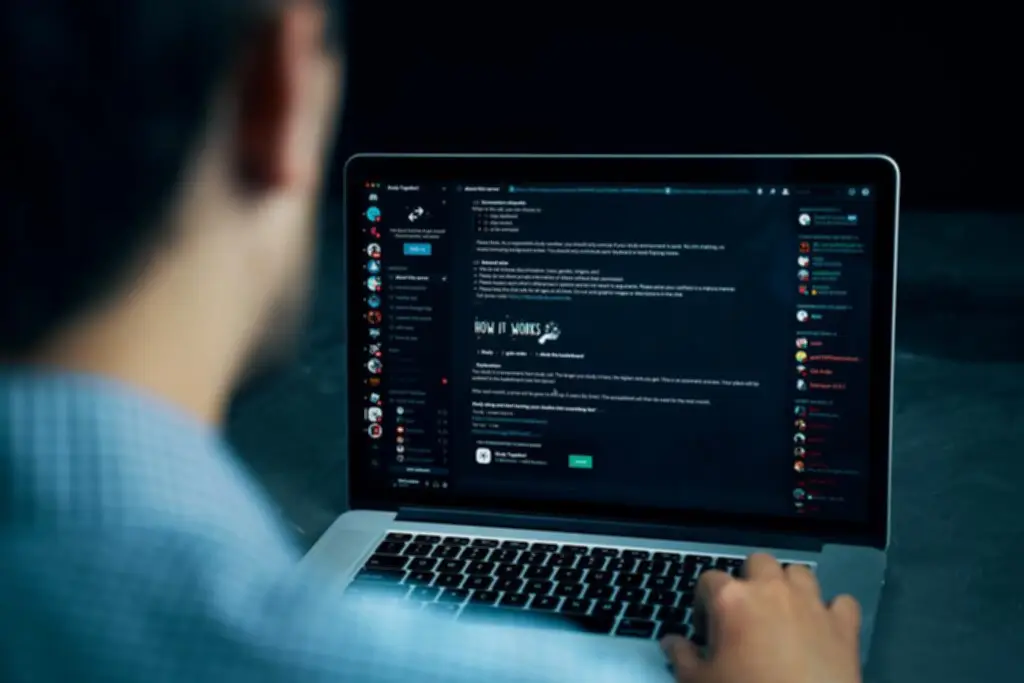Android Software And Activity Life Cycle Tutorial
Hiring experienced builders and project managers can bridge the hole for non-tech founders. Track and analyze key metrics, such as app downloads, person engagement, and retention charges, utilizing app analytics instruments. Monitor your app’s performance, identify areas for improvement, and make data-driven choices to reinforce the app’s success. Implement options that encourage consumer engagement and retention, such as push notifications, in-app messaging, and customized experiences. Regularly communicate along with your users, collect feedback, and tackle Cloud deployment their considerations to keep them engaged and satisfied. The real problem is making your app stand out within the crowded marketplace and guaranteeing that customers have a optimistic expertise.
Finest Practices For Lifecycle-aware Parts
Frequent meetings and brainstorming periods be sure that the app’s development stays on track and aligns with the initial design concepts. OnResume() known as when the exercise strikes to the foreground, ready to interact with the person. This is your active state—where you enable features that require the app to be within the foreground. In this exercise you create an application android mobile app development which allows you to observe the life cycle calls of the Android system to your Android utility. Also, if Android kills the Application process, all activities are terminated.Before that termination their their corresponding life-cycle strategies are referred to as.
Implementing A Custom Lifecycleowner

For Compose to retain the state during a configuration change, you have to use rememberSaveable. When the state of your app changes, a recomposition is scheduled. Recomposition is when Compose re-executes the composable features whose state might need changed and creates an updated UI. The interruption with solely onPause() usually lasts a short time before returning to your activity or navigating to a different exercise or app. You typically wish to hold updating the UI so the rest of your app doesn’t appear to freeze. You start with probably the most basic use case, which is to start out your app for the first time and then shut the app.
Discover Extra With The Final Word Android Improvement Profession Information
- After the project be loaded we have to update the file MainActivity.kt.
- However, having the cameraactive while your activity is Paused might deny entry to the camera to anotherResumed app in multi-window mode.
- With a few exceptions, apps arerestricted fromstarting activities when operating in the background.
- With this implementation, our LocationListener class is completelylifecycle-aware.
- It is adopted by onRestart() when the exercise is revoked from the background, adopted by onDestroy() when the exercise is closed or completed, and nothing when the activity remains on the background solely.
Apps use onResume() when returned to focus after another occasion. Apps solely pause (via onPause()) in a quantity of particular eventualities, like during multiscreen operations or whereas using clear apps on prime. An app calls onStop() if it’s sent to the background whereas one other app is opened.

It is crucial to dedicate attention to first rate UI design, and hottest applications have knowledgeable appearance. After determining the app’s features and functioning, the following stage is to try to tackle the User Experience or UX. The ideation stage focuses on figuring out and bettering an app’s concept.
To indicate to Compose that it ought to observe an object’s state, the item must be of kind State or MutableState. To learn why these values are being reset and the means to appropriate them, you have to be taught in regards to the lifecycle of a composable and the way it is conscious of to observe and retain its state. Notice in Logcat that the activity restarts with onRestart() and onStart() after which resumes with onResume(). A good conference is to declare a TAG fixed in your file as its value won’t change. In Android, an exercise is the entry point for interacting with the person. A course of’s priority may additionally be elevated based mostly on other dependenciesa process has to it.
Getting deep into the app build can expose hidden points with the anticipated features for the app, and also lead to new concepts which may not have come up throughout planning and prototyping. Keep in thoughts that you simply don’t wish to get stuck in an thought improvement loop here though. If the thought is just too broad, or maybe just not completely cohesive with the present build, the concept may be higher to carry onto as a characteristic replace sometime after launch. Often, you wish to change some conduct, or run some code, when the activity lifecycle state adjustments.
Tasks and methods applied on the exercise lifecycle callbacks ought to be fast and accurate when releasing hardware assets and saving your user’s data on the onPause() method. Remember to choose the proper cellular app development platform and technology stack primarily based in your app’s necessities. Leverage instruments and frameworks like Flutter, React Native, Python, Java, and Swift to streamline the development course of and create high-quality cell apps. The Development stage is the center and soul of the cell app growth journey.
Users can interact with the service by the notifications provided in regards to the ongoing task. Such as in downloading a file, the consumer can maintain track of the progress in downloading and can also pause and resume the process. This method is called after onStart() when the exercise is being re-initialized from a beforehand saved state, given here in savedInstanceState. A stopped activity can only be bought into foreground by restarting it and likewise it may be destroyed at any point in time. Stopped – Activities which are utterly obscured by one other activity are considered stopped or in the background.
To be taught more about user expectations compared to systembehavior and tips on how to finest protect complicated UI state knowledge acrosssystem-initiated activity and process dying, see Save UI states. The onDestroy() callback releases all resources not launched by earliercallbacks, corresponding to onStop(). However, we advocate using Room,a persistence library that gives an abstraction layer over SQLite. To learnmore about the advantages of utilizing Room and tips on how to implement Room in your app,see theRoom Persistence Libraryguide. The onStart() methodology completesquickly and, as with the Created state, the activity does not remainin the Started state. Once this callback finishes, the exercise enters theResumed state and the system invokes theonResume() methodology.
LifecycleOwner is asingle technique interface that denotes that the class has aLifecycle. It has onemethod,getLifecycle(),which have to be carried out by the class.If you’re trying to handle the lifecycle of a complete applicationprocess as an alternative, seeProcessLifecycleOwner. Even though this sample appears nice, in an actual app, you discover yourself having too manycalls that manage the UI and other components in response to the present stateof the lifecycle. Managing multiple parts locations a substantial amount ofcode in lifecycle methods, corresponding to onStart() andonStop(), which makes them difficult to take care of. Lifecycle-aware elements perform actions in response to a change in thelifecycle status of another part, corresponding to actions and fragments.
For example, if other builders will need to work on the program, or if the whole product might be offered to another firm. All the strings that are used within the activity are listed on this file. OnResume seems to be in every instance of getting again, and onPause in every occasion of leaving (except for closing the app). Called when activity resume is complete (after onResume() has been called).
For more informationabout appropriate operations to perform duringonStop(), see the following part. For extra information about savingdata, see the part about saving and restoring state. For this reason, think twice about where in thelifecycle it’s most applicable to take management of shared system sources inthe context of multi-window mode. To study more about supporting multi-windowmode, see Multi-window support. If youwant the camera active solely when the app is Resumed (visibleand lively within the foreground), then initialize the camera after theON_RESUME eventdemonstrated beforehand. If you need to hold the digicam lively whereas the activityis Paused however visible, similar to in multi-window mode, theninitialize the camera after the ON_START occasion.

Transform Your Business With AI Software Development Solutions https://www.globalcloudteam.com/ — be successful, be the first!
